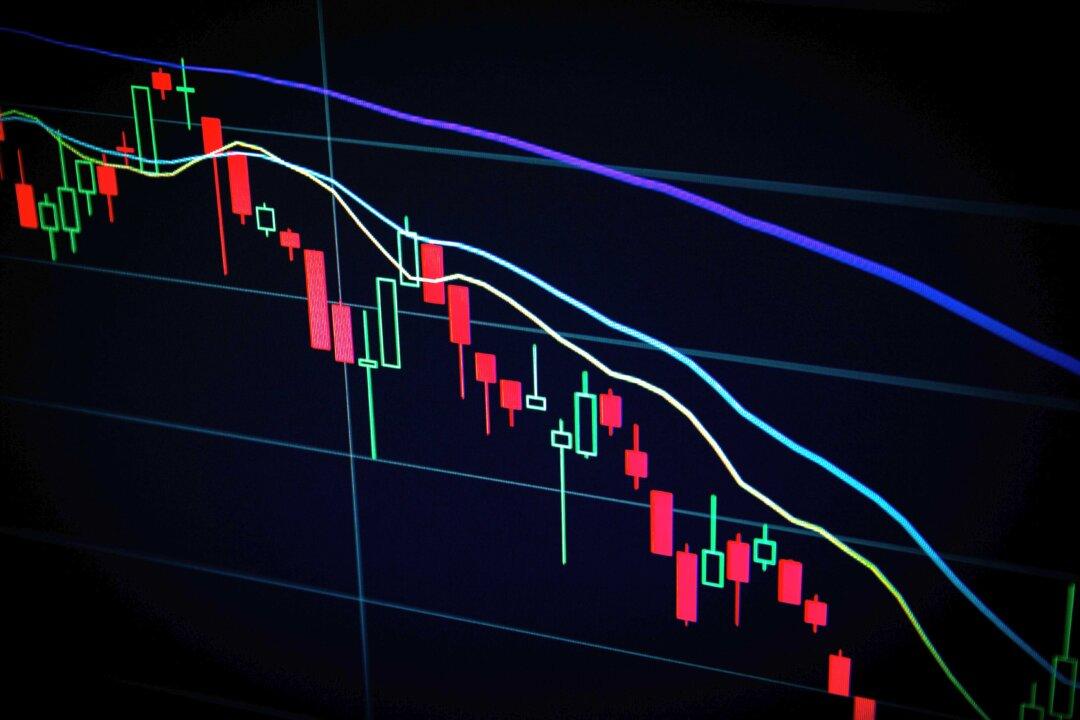Commentary
In recent weeks, Jerome Powell at the Federal Reserve and Christine Lagarde at the European Central Bank have commented on the likelihood of implementing digital currencies in the next few years.

In recent weeks, Jerome Powell at the Federal Reserve and Christine Lagarde at the European Central Bank have commented on the likelihood of implementing digital currencies in the next few years.